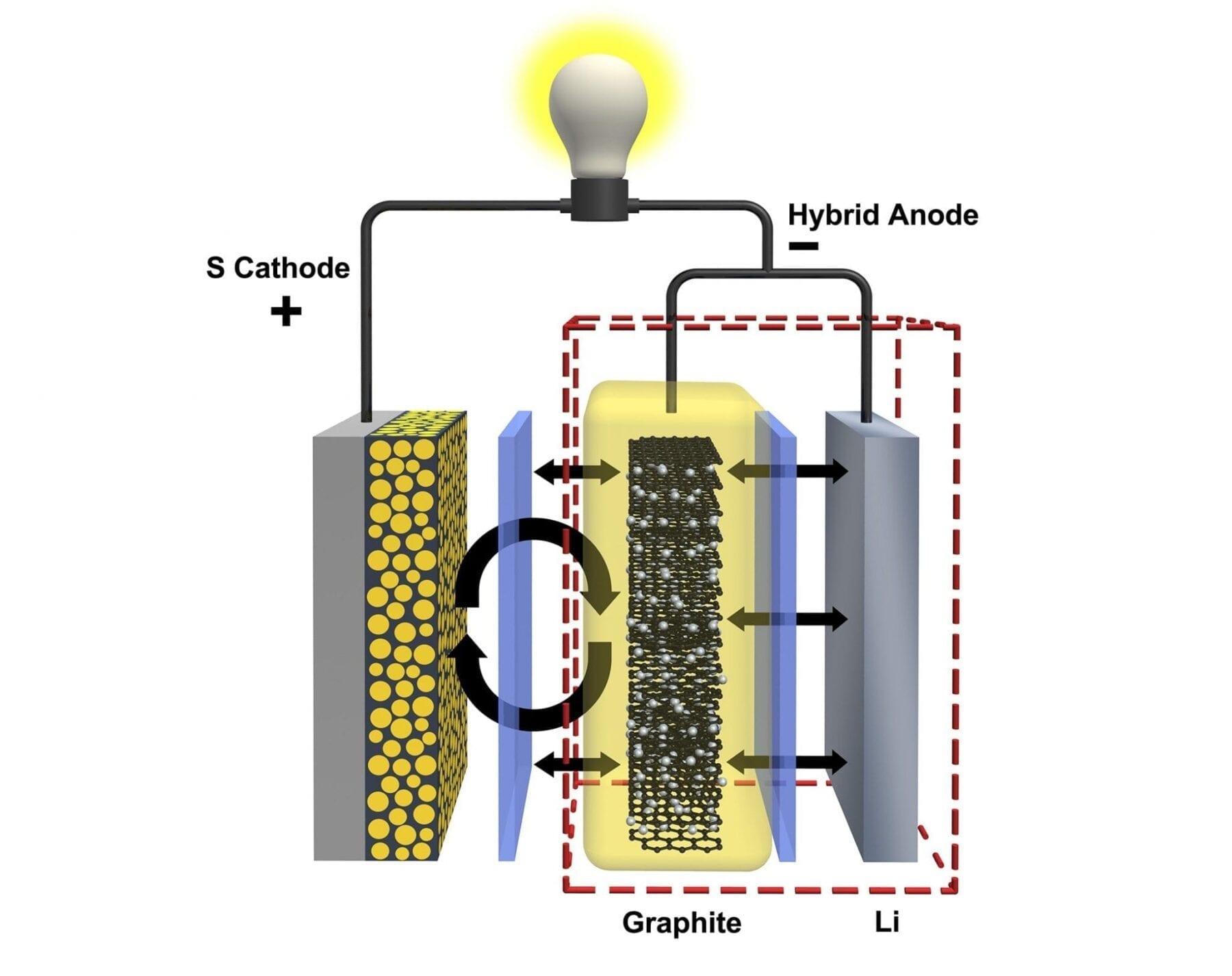“Our method not only makes the building stable again very quickly, but it increases the building’s ability to deform without breaking”
Four years after the January 2010 earthquake, 145,000 people still remain homeless in Haiti. A cheap and simple technology to repair earthquake damaged buildings – developed at the University of Sheffield – could help to reduce these delays by quickly making buildings safe and habitable.
Recent tests showed that a damaged building repaired using the technique could withstand a major earthquake – similar in scale and proximity to the buildings that collapsed during the Haiti earthquake.
The technology involves wrapping metal straps around each floor of the building, which are then tensioned either by hand or using compressed air tools. It is designed for use on reinforced concrete frame buildings – a common construction technique around the world, including countries like Haiti. Unlike other repair methods, it does not require expensive materials or a high level of technical knowledge, making it ideal for use in the developing world.
Lead researcher, Professor Kypros Pilakoutas, explains: “The strapping works very much like a weight-lifter’s belt, by keeping everything tightly compressed to reduce tension on the concrete columns of the structure.
Concrete works well under compression, but not when pulled under tension and this is why it has to be reinforced for use in construction. When the reinforcement is faulty or damaged, it can be very expensive to repair.
“Our method not only makes the building stable again very quickly, but it increases the building’s ability to deform without breaking, making it more able to withstand further earthquake movement.”
The team tested the technique on a full scale, two-storey building, built according to an old European standard which has inadequate reinforcing to withstand earthquakes. This construction is typical of many buildings in the developing world, as well as many Mediterranean buildings built before the 1980s.
The building was constructed on a specially designed ‘shaking table’ which can simulate ground movement caused by earthquakes. During the first test, the building was very near collapse following a small earthquake similar in scale to a magnitude 4 on the Richter scale having about 10000 times less energy than the Haiti earthquake.
The building was then repaired using the post-tensioned metal straps and retested. The researchers were unable to make the building fail during a major earthquake similar in scale to the magnitude 7 Haiti earthquake at the epicentre and stopped the test at that point.
Professor Pilakoutas hopes the new technology will not only speed up the response to major earthquakes, but could also prevent the damage happening in the first place. The cost of the materials for a typical small building column is about £20 and it would take a crew of two people around 2 hours to complete the strengthening. For a typical small dwelling having 6 columns, the seismic rehabilitation would cost around £200 and could be completed in a few days, rather than cost several thousand pounds and take months with other traditional rehabilitation techniques such as jacketing with steel plates or concrete.
“Ideally, governments shouldn’t wait until a disaster happens, but should be identifying buildings at risk and taking steps to make them strong enough to withstand any future earthquakes,” he says. “Because this method causes minimal disruption and is cheap to apply, it’s ideal for bringing existing buildings up to standard – both in the developing world and in earthquake risk areas in Europe as well.”
The Latest on: Seismic rehabilitation
[google_news title=”” keyword=”Seismic rehabilitation” num_posts=”10″ blurb_length=”0″ show_thumb=”left”]
via Google News
The Latest on: Seismic rehabilitation
- Damian Lillard Plans to Play with Achilles Injury for Bucks vs. Pacers in Game 4on April 26, 2024 at 11:18 pm
Milwaukee Bucks point guard Damian Lillard plans to play Game 4 of his team's first-round playoff series against the Indiana Pacers despite suffering ...
- ‘Fallout,’ ‘Girls5eva’ and more streaming recommendations for your weekendon April 26, 2024 at 12:00 pm
In Screen Gab No. 129, we recommend a fresh new take on the end of the world, an absurd comedy about the music industry, the movies of Ti West and more.
- John’s Corner: Tear it down, alreadyon April 26, 2024 at 9:34 am
My god, what a bummer! I was gobsmacked by the article I saw in the other day’s Daily Journal regarding the city’s incomprehensible new demand on the Palace Hotel’s hapless owner (for ...
- Take a look inside University of Oregon's $90M overhaul of University and Villard hallson April 26, 2024 at 4:02 am
The University of Oregon's University and Villard halls have been completely gutted in preparation for a complete interior rehabilitation.
- Old building, new tricks: Designing adaptive reuse for long-lasting relevanceon April 24, 2024 at 5:00 pm
To future-proof the functionality of the structure, significant seismic and mechanical upgrades have been ... s commitment to becoming the greenest port in North America. The rehabilitation of the ...
- Will a state supreme court challenge end California’s ‘racist’ record-setting death row for good?on April 24, 2024 at 2:17 pm
California has more people on death row than any other state in the country — and a governor who opposes capital punishment. A new audacious legal challenge to the death penalty in the state supreme ...
- N.J. bridges were checked after the 4.8 magnitude earthquake. Here’s what inspectors found.on April 20, 2024 at 6:46 am
With over 7,000 bridges in the state, here's how New Jersey's bridges fared after the April 5, 2024, 4.8 magnitude earthquake.
- Most Surprising Celebrity Splits Divorceson April 12, 2024 at 11:45 am
Celebrity breakups happen all the time but every now and then one comes out of left field that leaves us thinking love is no longer real. Some of the most unexpected celebrity breakups leave us hoping ...
- Courtney Love's anguished words to Kurt Cobain days after his death revealed in unearthed footageon April 12, 2024 at 9:32 am
Fan footage from the gathering, in the Nirvana frontman’s hometown of Seattle two days after his death in April 1994, shows more than 3,000 people gathered, with many weeping and holding candles ...
- Sutherlin fire, police work toward seismic renovationson April 11, 2024 at 8:00 am
The Sutherlin Police Department on Wednesday. SUTHERLIN — Seismic rehabilitation has started at Sutherlin’s fire and police departments. Local journalism needs your support. Please become a subscriber ...
via Bing News








